At noon, following the instructions of Mr. Luong Tuan Dung, Chairman of Nga My Commune People's Committee, I went to Vang Mon village, located along a small stream not far from the commune center. At this time, the road to the village was deserted, not a soul in sight, many houses were closed and locked. Perhaps because of the heat, people limited going out or going to the forest or fields. I was received by Ms. Luong Thi Lan, 40 years old this year, the village chief elected by the people 5 years ago. From here, she told the story about the origin of the O Du ethnic group.
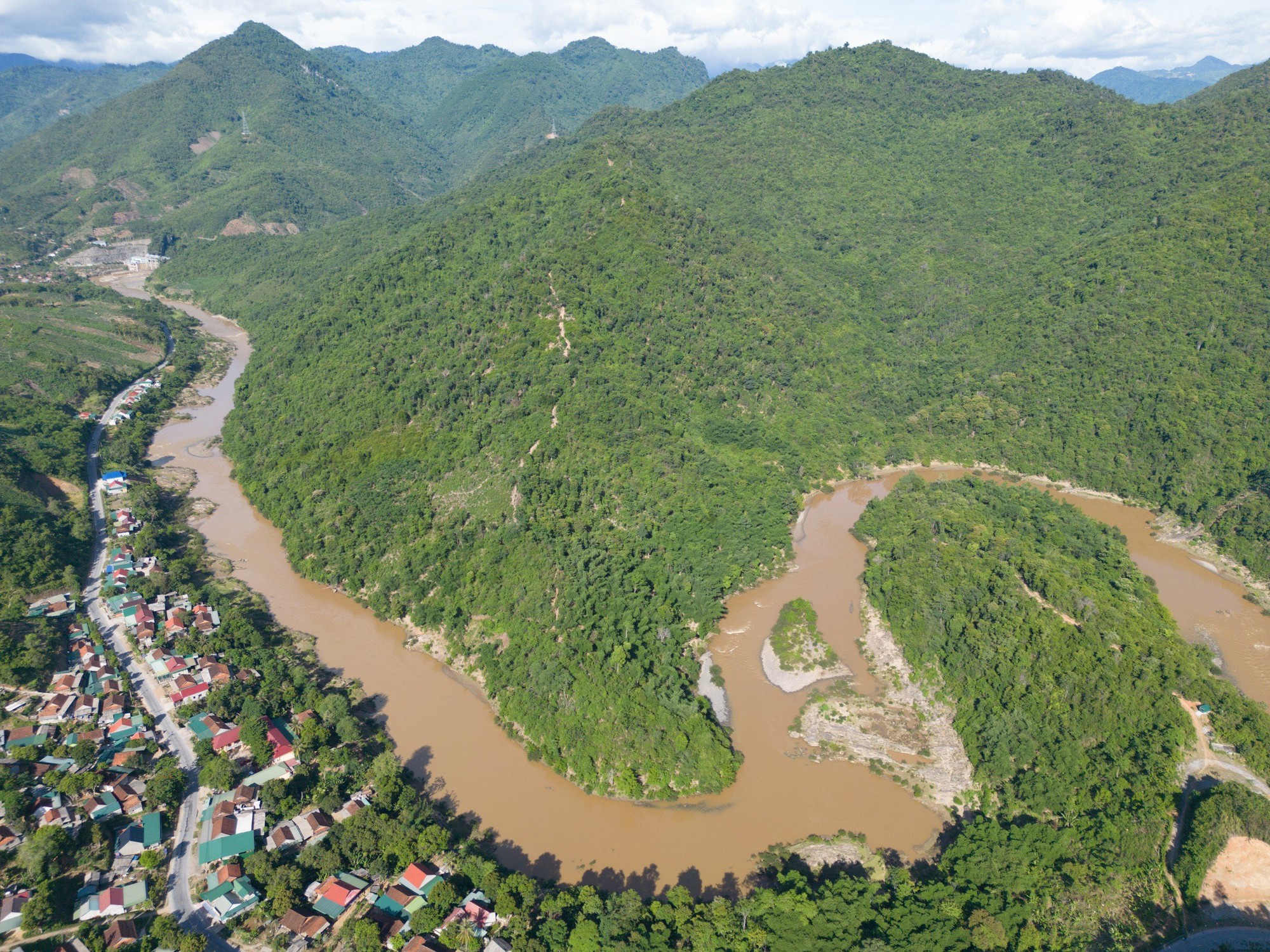
The ancestors of the O Du people once lived prosperously along the Nam Mo River, the source of the Lam River.
Community of over 400 people
O Du, in Thai, means "very loving". In the past, the O Du people had their own language, a large population, and a prosperous life in a large territory including the upper reaches of the Nam Non and Nam Mo rivers and part of Laos. Many place names in the Tuong Duong region today still bear the strong sound of the O Du language, proving that their ancestors had explored and lived there for a long time. Later, the migration of the Thai and Kho Mu people from the Northwest to find land to live led to a long war to gain land and create power.
Due to their disadvantage, the O Du people were robbed of their land by a more powerful ethnic group, chased, and had to take refuge, live nomadically in remote mountains or accept the tragic fate of being "cuong, nhuoc", that is, hired plowmen and hoes under the supervision of landowners for a long time... Therefore, the name Tay Hat, another name, in Thai language meaning "Hungry and ragged people" referring to the status of the O Du people, also appeared from then...
To avoid the risk of being exterminated, a part of the O Du people changed their surnames to Thai and Lao people such as Lo, Luong, Vi... They even abandoned their own ethnic language to use the language of the newcomers and changed their customs and practices to suit the times.
In addition, when getting married, the O Du people often marry Thai and Kho Mu people because they always follow the principle: people of the same clan cannot marry each other. There are only a few rare cases where people in the village marry each other because of deep love, overcoming many difficulties and prejudices. Because of the above reasons, the O Du population has seriously decreased, in addition to creating psychological barriers in re-confirming the original ethnicity, leading to the inevitable loss of many traditional cultural heritages and languages.
Ms. Luong Thi Lan said: Previously, the O Du people lived in Ve village. In November 2006, the people gave up their land to build a hydroelectric plant and were resettled by the government in Vang Mon village, Nga My commune, more than 30 km from the old village. Initially, there were more than 300 people, now there have increased to 73 households with 455 people, identified as the least in the large family of 54 ethnic groups in Vietnam. Most of the villagers communicate daily mainly in Thai, occasionally mixed with O Du language but not much.
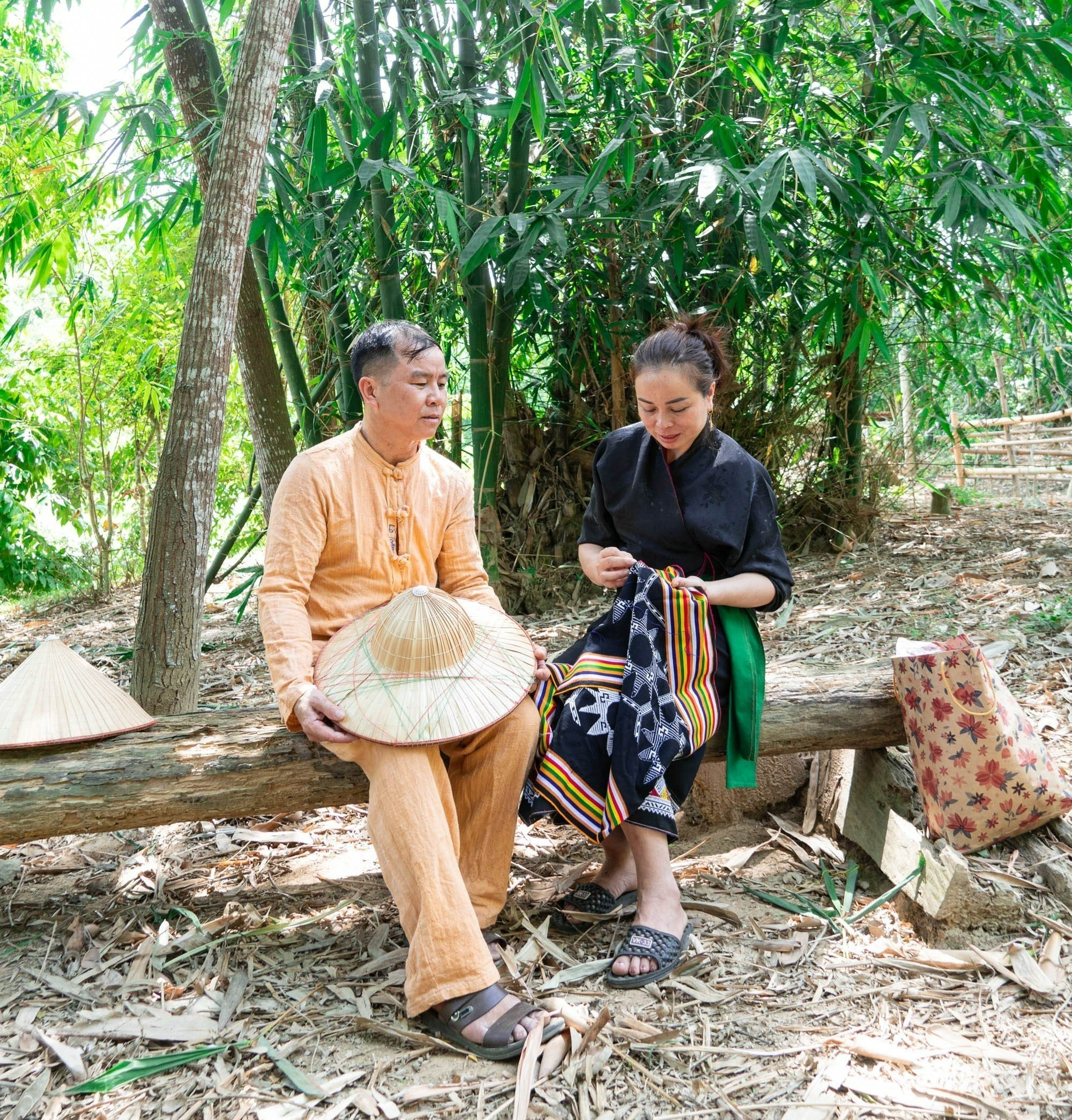
Ms. Luong Thi Lan - Head of Vang Mon village and her husband in O Du ethnic costume
Village elder Lo Thanh Binh, 75 years old, is one of the few people who can still speak the O Du language. He shared: "I rarely use the O Du language because the number of elders in the village who can remember their mother tongue can be counted on the fingers of one hand. In addition, most of the villagers have been used to speaking Thai since childhood, so it is very difficult to teach them to switch to speaking the O Du language."
Although assimilated in many aspects, some unique and rare cultural features of the O Du people through customs and practices can still be identified.
From the New Year Thunder Celebration (Cham Phtrong Festival)
The Thai people in the Northwest calculate the calendar according to the moon (lunar calendar), so the Buon Chieng Festival coincides with the Lunar New Year. The Tay Nung people also celebrate the same time, although the name is Nen Buon Chieng (nen means New Year, buong gong means January). For the O Du people, the Cham Phtrong Festival, or the Thunder Festival, is the only ancient custom that the O Du people preserve. The festival is associated with the worship of the god of thunder, which begins when the first thunder appears in the sky after the cold winter days, usually from the end of February to the beginning of April of the solar calendar. It is also the moment from the old year to the new year and the beginning of a new planting season.
When the drums were beaten, the whole village gathered at the communal house to slaughter pigs and chickens, cook and prepare fish meatballs, grilled fish, dried field mice, bamboo rice, banh chung, and can wine - indispensable dishes on the offering tray, preparing to perform the ritual to worship the god of thunder... under the witness of the villagers. At the time of the ceremony, the celebrant, the village chief, and the shaman took turns howling to call for thunder and rain and reciting prayers to the god of thunder to bless the villagers with good health and luck in the new year, with abundant fruit and vegetables, favorable weather, etc. After the ceremony, the shaman tied a thread around the wrist to pray for health and luck for the villagers and the attendees.
During the festival, when the sounds of gongs, trumpets, tung tinh, drums, and cymbals are played, everyone, in the wine of rice wine, walks around the offering tray, holding bamboo tubes and pounding them on the ground to create a sound like thunder or using sharp sticks to stab the ground, reenacting the activity of digging holes to sow seeds in the fields with the wish for a bountiful harvest in the new year.
At the end of the festival, villagers bring their daily tools for farming, fishing, or making sticky rice to the stream to clean up. At the same time, women and children wash their faces and hair to use the water to wash away the bad luck of the old year and bring good luck in the new year.
In the past, due to nomadic life, hunger and lack of clothing, even the O Du people's costumes, including skirts, shirts, belts, and headscarves woven from silk, gradually disappeared and had to be replaced with the stylish costumes of the Thai people. Fortunately, after resettlement, the State provided the people with many looms and cotton threads for weaving; and provided technical guidance on spinning, weaving, and embroidering patterns on traditional costumes for women in the village. Thanks to that, today most women and children in the village have traditional costumes to wear when participating in cultural activities.
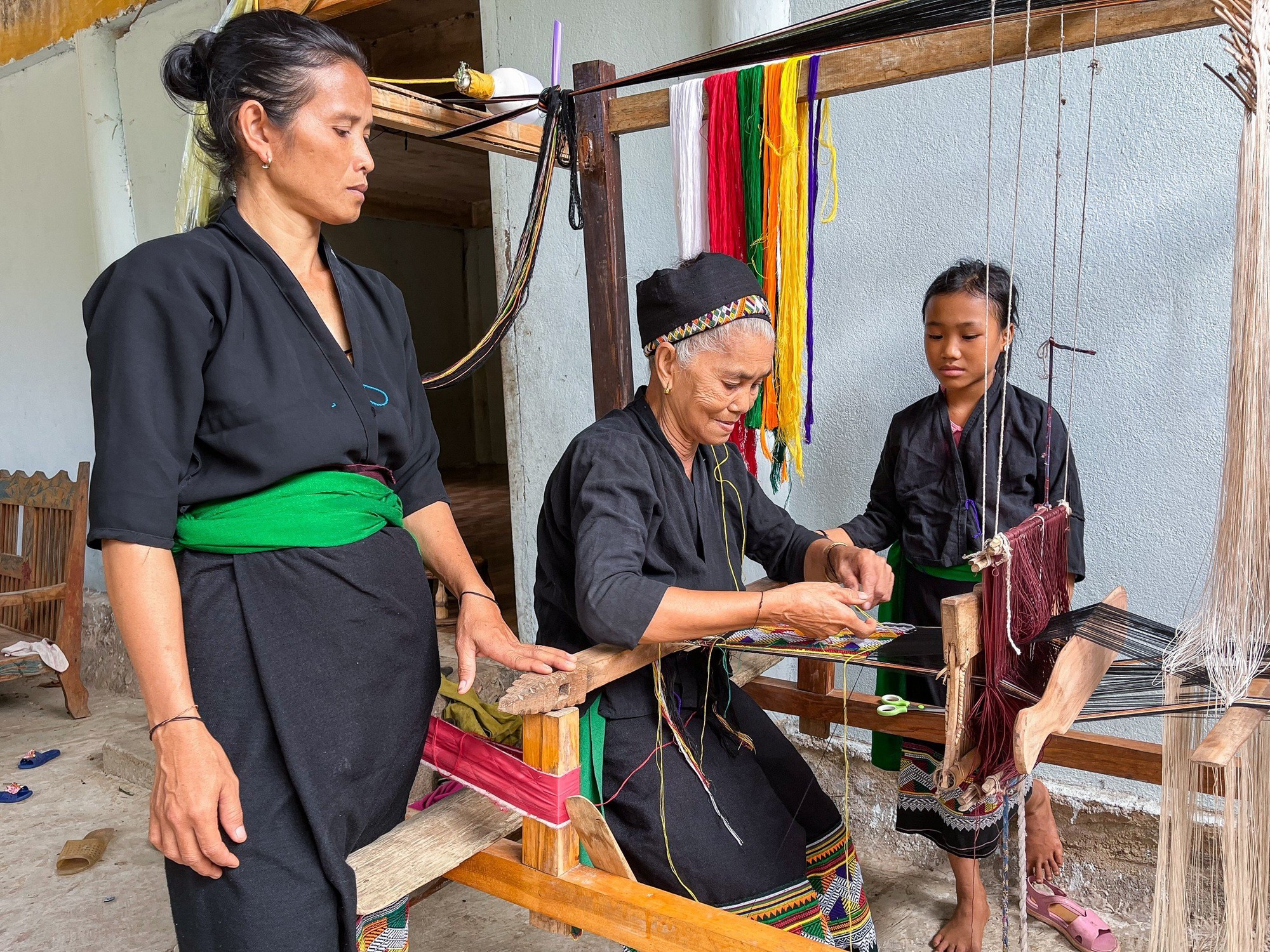
Ms. Vi Thi Dung, 76 years old, Thai ethnic, married to an O Du ethnic, is instructing her daughter-in-law and grandchild in weaving.
Even the burial was strange.
The O Du believe that the human soul exists in two places, one is the hair and the other is the body. When a person dies, the soul of the body resides in the cemetery, the soul in the hair returns to become the house ghost. Although they do not hold annual memorial services to remember the deceased, they pay great attention to worshiping the house ghost. Furthermore, the house ghost is only worshiped for one generation, in order from the eldest son to the second son. When all the sons have died, people wait for the Cham Phtrong festival to invite a shaman to the house to perform a ceremony to send the deceased's soul back to the ancestors.
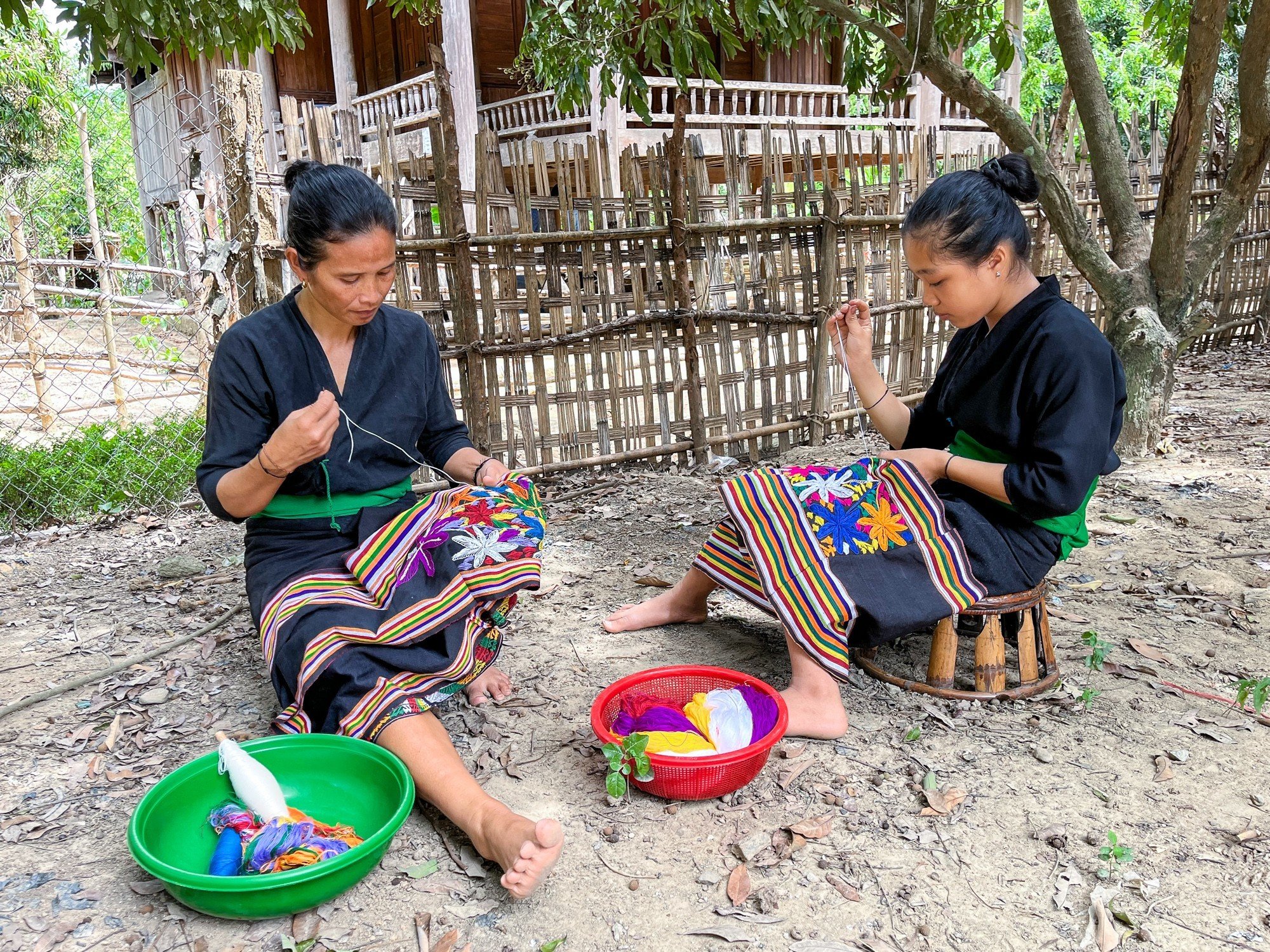
O Du women have been familiar with embroidery since childhood.
They also believe that carefully performing funeral rites shows the filial piety of the living towards the dead, so that the deceased can rest in peace and return to their ancestors and help their descendants have a prosperous and happy life.
Therefore, when a loved one leaves this world, the family will perform the rituals in order: clean the deceased and change into new clothes. Next, cover the entire body with white cloth, then place it on a large board or a stretcher woven with bamboo mats in the middle of the house, at the same time announce the funeral and inform relatives near and far, neighbors to come and offer condolences, see the deceased for the last time or help the bereaved family with the burial arrangements. An indispensable thing is that the family sends someone to choose a place to dig a grave and make a coffin, but it is not brought into the house but only left in the yard.
Early in the morning, the children and grandchildren perform a ceremony to honor the deceased. After that, the young men, in order, carry the stretcher out of the house first, followed by the group carrying the coffin, heading towards the cemetery. At the pre-dug grave, the family performs a ceremony to put the deceased's body in the coffin and proceed to lower the grave and bury it.
Explaining why the coffin had to be placed in the cemetery, Mr. Lo Thanh Binh said: In the past, people lived in isolation, living on their own at the source of rivers and streams or in deserted mountainous areas. When someone in a family died, it was very difficult because there was no village to support the burial and there was a lack of people to carry the coffin. Therefore, people had to make the coffin right at the grave and then bring the body out to place it in the coffin to make it lighter. This burial method has been passed down for many generations and has become a custom.
Source link


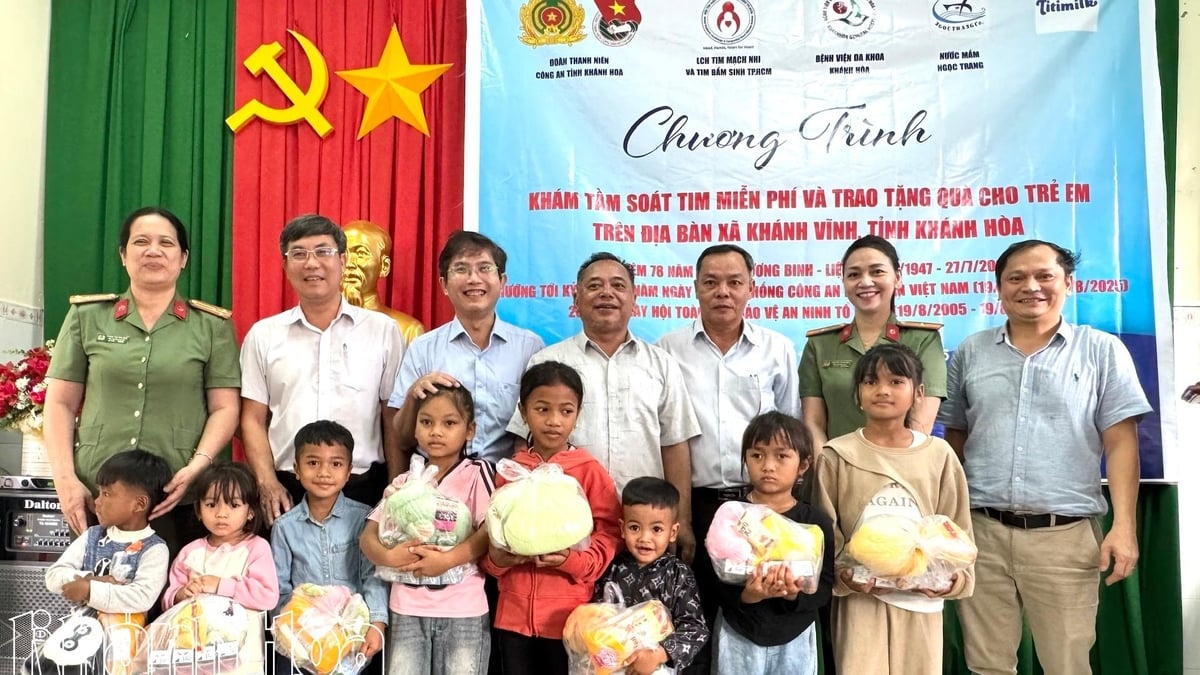
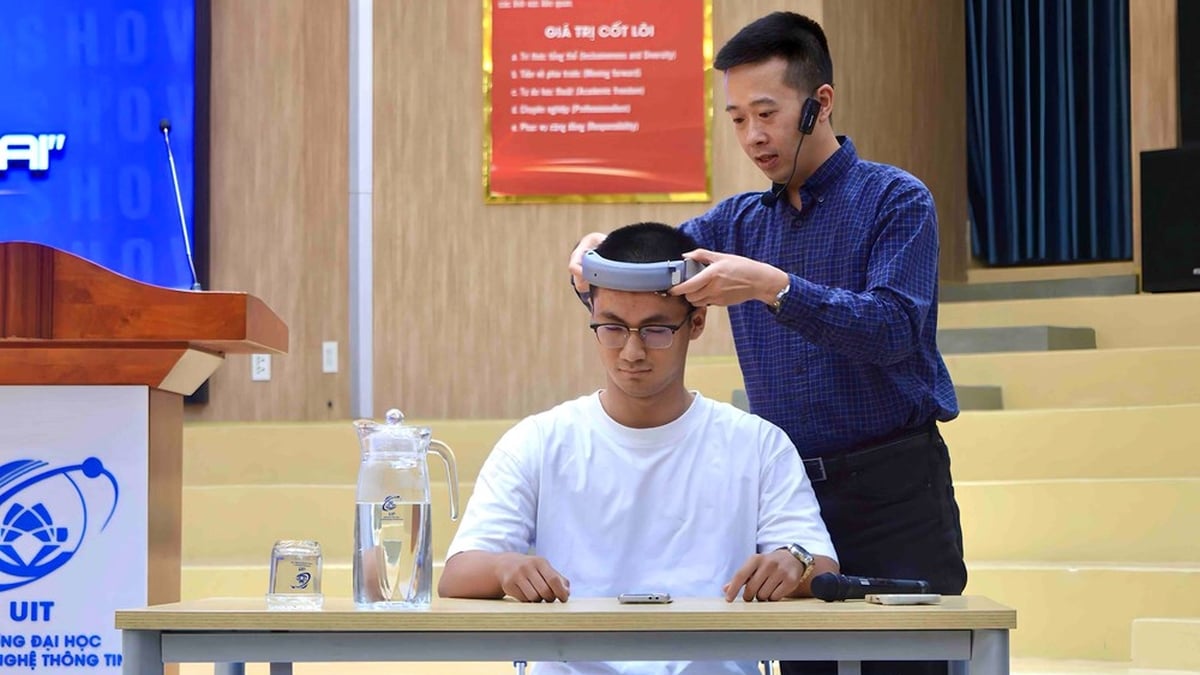
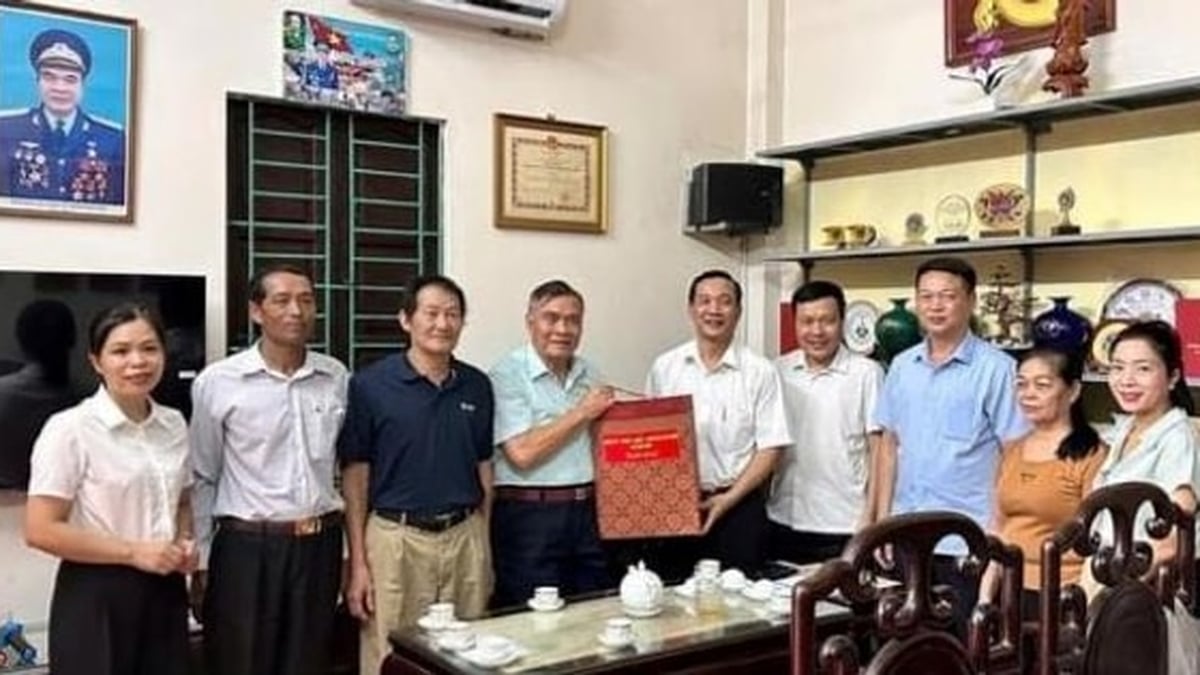
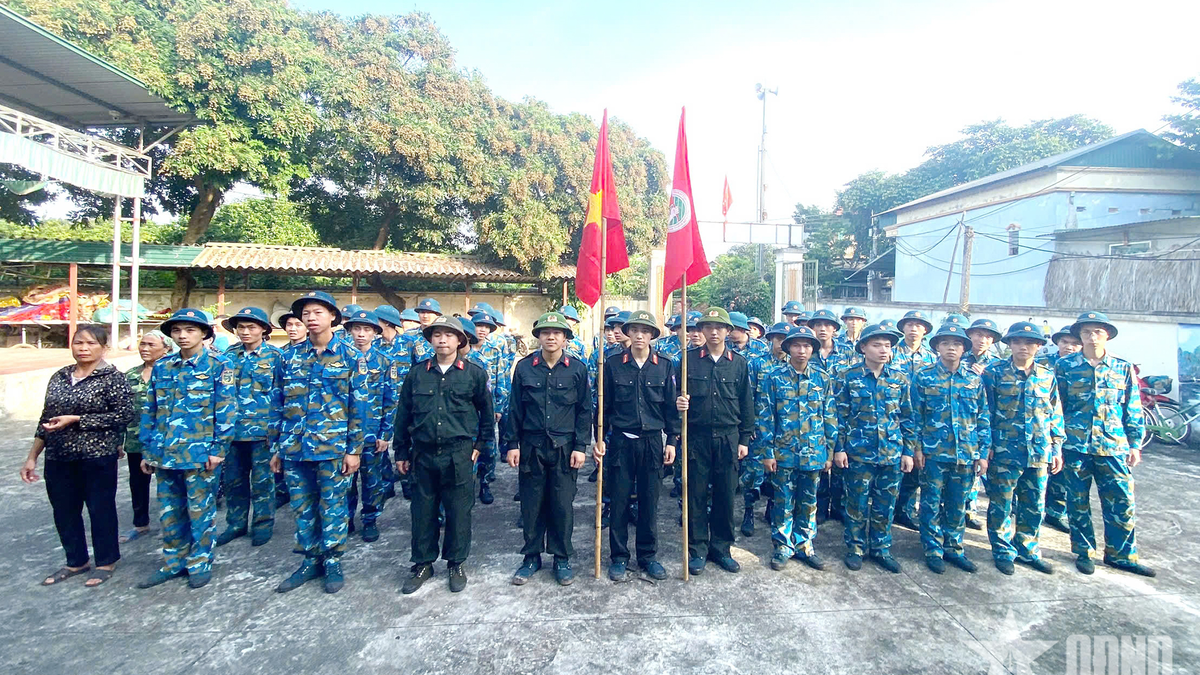
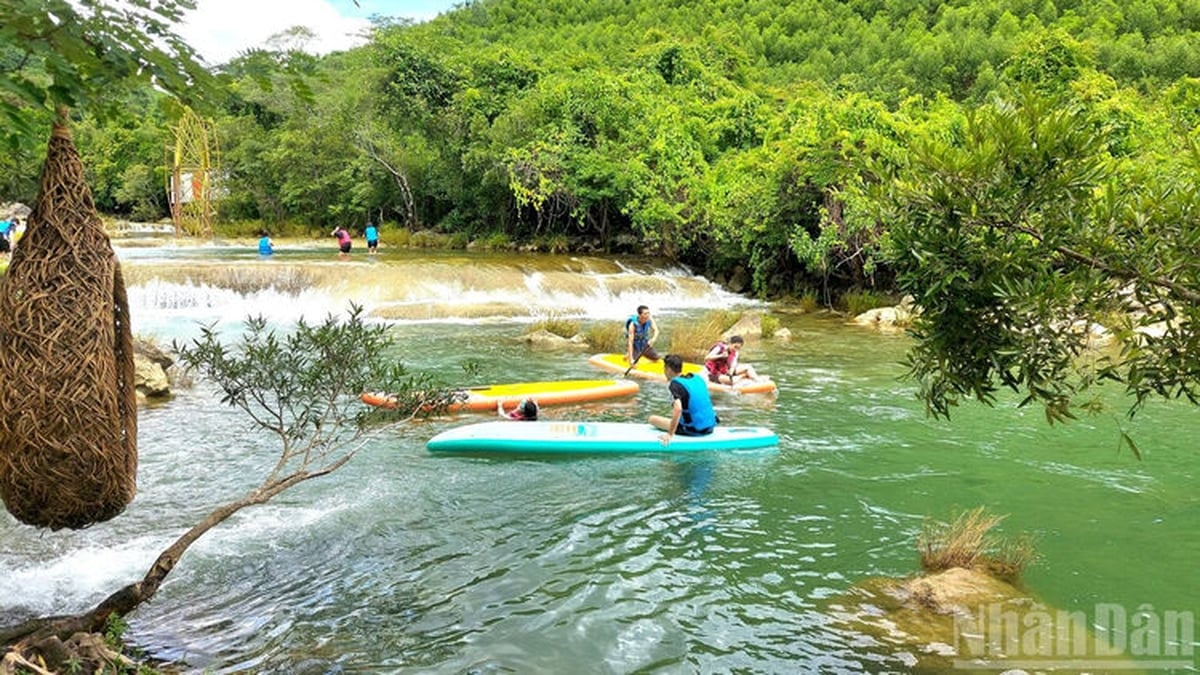

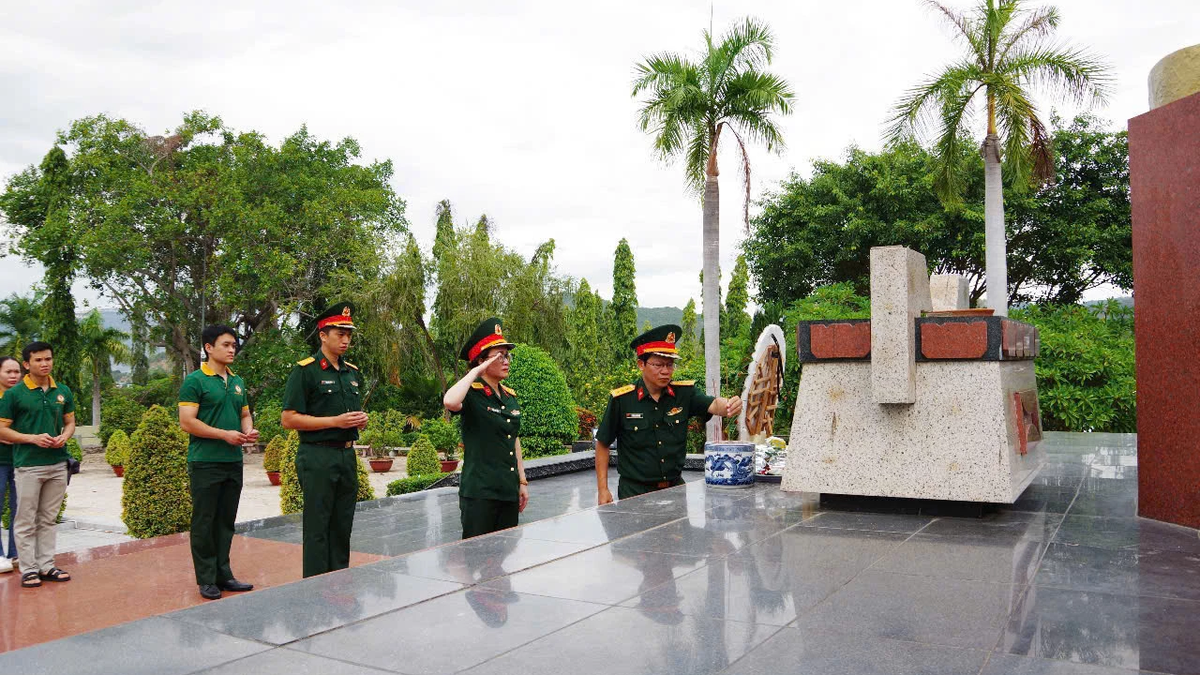


























































































Comment (0)